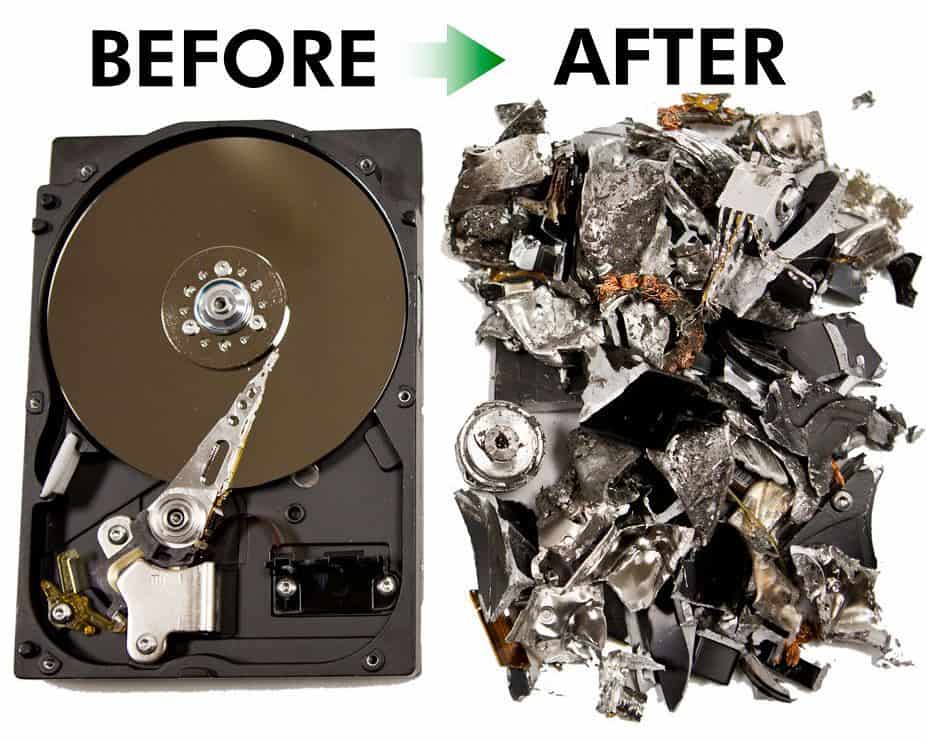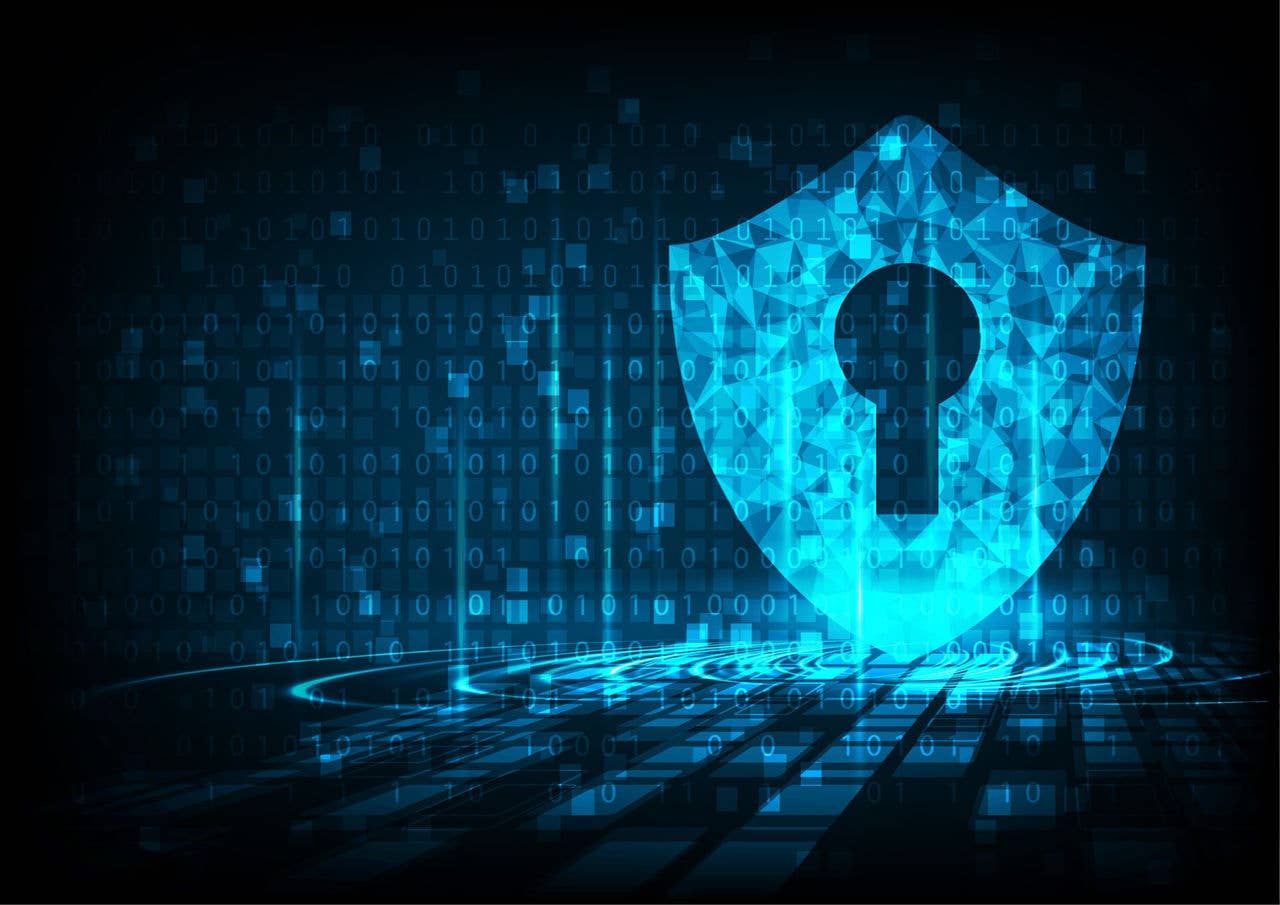Exactly How Proper Information Damage Contributes to Robust Computer System Protection Solutions and Mitigates Risks of Information Violations
In today's digital landscape, the significance of correct information destruction can not be overemphasized, as it functions as a fundamental element of comprehensive computer system safety and security solutions. By applying effective information erasure methods, companies not only protect delicate information from unapproved access yet also strengthen their compliance with governing frameworks - data destruction. However, the implications of inadequate information devastation extend beyond plain conformity; they can exceptionally influence an organization's cybersecurity pose and reputation. Understanding these dimensions increases important inquiries regarding the techniques in place and their efficiency in a period of escalating cyber dangers.
Relevance of Data Damage
In today's electronic landscape, the relevance of data destruction can not be overstated. As companies increasingly depend on electronic assets, the prospective risks related to data violations and unapproved access intensify. Efficient information destruction is a crucial part of a thorough details protection strategy, protecting delicate information from falling under the hands of harmful stars.
When data is no more needed, just deleting files or formatting hard disk drives is insufficient. Recurring information can often be recouped making use of easily available devices, posturing considerable dangers to both organizations and people. This underscores the requirement for durable data damage methods that make certain all data is irretrievably eliminated.
Furthermore, regulative compliance mandates, such as GDPR and HIPAA, highlight the responsibility to protect delicate data, including its correct disposal. Non-compliance can cause extreme lawful repercussions and punitive damages. data destruction. Thus, incorporating efficient data devastation procedures not only boosts security but likewise fortifies an organization's credibility and dependability

Methods of Secure Information Erasure
Several reliable techniques of protected information erasure can be used to make certain that delicate information is completely removed from storage devices. One widely recognized strategy is information overwriting, which includes changing existing information with random patterns multiple times. This technique considerably minimizes the chances of data recuperation, although it might not work against sophisticated forensic strategies.

Physical damage is also a reputable strategy, where storage tools are made pointless via shredding, squashing, or incineration. This method guarantees that data can not be recouped whatsoever however needs mindful handling of harmful materials.
Lastly, specialized software application devices made for secure data erasure give capabilities that follow numerous erasure standards. These tools commonly include functions like verification processes to validate successful data destruction.
Using these approaches in combination can boost data safety and security and reduce the risks connected with information violations, ensuring that sensitive details is not unintentionally subjected.
Legal and Conformity Factors To Consider
The methods utilized for safe data erasure not only serve to safeguard delicate information but additionally has to straighten with lawful and compliance frameworks regulating data security. Organizations are called for to stick to different policies, such as the General Information Protection Policy (GDPR), the Medical Insurance Transportability and Liability Act (HIPAA), and the Settlement Card Market Data Safety And Security Requirement (PCI DSS) These laws mandate details methods for information taking care of and destruction, ensuring that sensitive and personal data is irretrievably erased when no longer required.
Failure to follow these legal needs can result in substantial fines, consisting of penalties and reputational damages. Additionally, companies must keep records of data destruction processes, demonstrating conformity throughout audits or investigations. This documentation not just shields against lawful consequences however likewise reinforces trust fund with stakeholders and clients, showcasing a commitment to data safety.
Including lawful and conformity considerations right into information destruction techniques is vital for any type of organization. It decreases the threat of data violations and shows advice a proactive approach to securing delicate details, ultimately fostering a culture of security and accountability across the company.
Effect On Cybersecurity Posture
Effective information destruction significantly improves an organization's cybersecurity posture by reducing the prospective assault surface area for cyber dangers. When delicate data is not effectively ruined, it stays accessible to malicious actors that visit this page can manipulate this information for unapproved accessibility, identification theft, or corporate reconnaissance. By applying durable data destruction methods, organizations can properly minimize the threat of information breaches and boost their overall security structure.
Moreover, the safe and secure disposal of outdated or unnecessary data not just secures delicate information however additionally aids companies abide by market laws and standards. Failing to properly damage data can result in severe legal consequences and reputational damage, more compromising an organization's cybersecurity position.

Inevitably, prioritizing reliable data damage is necessary for promoting a durable cybersecurity position, guaranteeing that organizations continue to be watchful against developing cyber threats while shielding their important properties and stakeholders.
Ideal Practices for Organizations
Executing ideal methods for data destruction is crucial for organizations intending to secure sensitive info and alleviate cybersecurity risks. Organizations should develop a thorough information destruction policy that lays out duties and procedures. This policy should adhere to appropriate policies, such as GDPR or HIPAA, ensuring lawful consistency.
Secondly, it is necessary to make use of authorized data sanitization techniques, including data cleaning, degaussing, and physical damage, customized to the type of information and storage tool. Employing qualified experts for data devastation services improves the reliability of these approaches.
In addition, organizations should keep a thorough stock of all data storage space gadgets, guaranteeing that all obsolete or replaced devices goes through damage. Routine audits of data damage methods can assist identify weak points and enhance conformity.
Employee training is an additional crucial facet, as personnel should recognize the importance of information destruction and adhere to established procedures. Companies must record all information devastation tasks to provide responsibility and traceability, which can be very useful during audits or in the event of a Continued violation.
Conclusion

One extensively recognized technique is information overwriting, which includes changing existing information with random patterns several times.The approaches employed for safe information erasure not only serve to protect sensitive details but likewise needs to align with legal and conformity frameworks governing information security. These regulations mandate particular protocols for information taking care of and destruction, ensuring that individual and delicate information is irretrievably removed when no longer required.
By implementing robust information destruction methods, companies can properly decrease the risk of data breaches and enhance their overall safety and security structure.
In verdict, correct data destruction is vital for boosting computer system safety services and minimizing the dangers associated with information violations. - data destruction